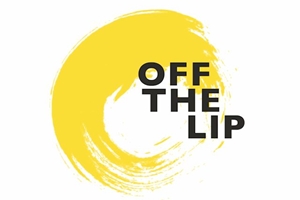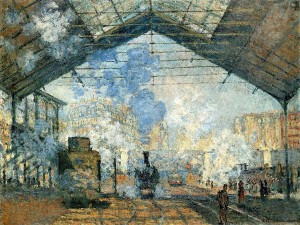The following keynote talks were presented at the Off the Lip Conference on transdisciplinary approaches to cognitive innovation, held at Plymouth University between 9-11 September 2015.
To watch the videos, please visit this page.
Roger Malina: “New Forms of Art-Science Collaboration: Case Studies”
In recent years art-science collaboration has been identified as an emerging frontier of science.The upcoming US conference “Art and Science, Engineering and Medicine Frontier Collaborations: Ideation, Translation and Realisation” is notably sponsored by the US National Academies of Science, of Engineering and of Medicine. Two recent studies, the European Commission ICT-Art Connect Sutdy and the US National Science Foundation SEAD Study provide abundant examples of projects which have led to new discoveries and compelling forms of art. In this talk I will give an overview of the various rationales, and demonstrated methodologies in art-science collaboration as well as a number of case studies. I will also present the work in our ArtSciLab at the University of Texas at Dallas; in this case we are developing data exploration tools, which we call ‘data stethoscopes’, which are being applied in neurobiology to resting state fMRI data of age cohorts of individuals, as well as performing the data in public settings.
Roger Malina is Distinguished Professor of Arts and Technology and Professor of Physics at the University of Texas at Dallas (USA).
Amy Ione: “Art and the Brain: Plasticity, Embodiment, and the Unclosed Circle”
Using an array of examples that encourage thinking about art, the brain, plasticity, embodiment, and the environment relationally, this talk will emphasize four themes that integrate commonalities and incongruities within the art and brain discussions: First, I will explain that many elements related to art and our brains are difficult to precisely characterize and exist within a larger context. Thus, the “unclosed” circle phrase in the title. Second, I will argue that rather than creating a defining model for art and cognition, we should approach the topic developmentally. Third, insofar as we know, creativity is not located in a discrete region of the brain; it is a complex, dispersed, and flexible function that includes the brain and the nervous system. For this reason, I will urge we think about art and the brain in terms that encompass our changing biological nature, natural environmental factors and culture. Finally, I will consider how all of the above frames our individuality. Gerald Edelman (1929–2014), the American biologist who shared a 1972 Nobel Prize and trained as a concert violinist before turning to science, put it well when he said that if we are going to see human psychology on a biological basis “we must account for how embodiment occurs in each individual”.
Amy Ione is Director of the Diatrope Institute, Berkeley, California (USA).
Off the Lip is a collaboration between CogNovo and Transtechnology Research, and the Cognition Institute at University of Plymouth.


